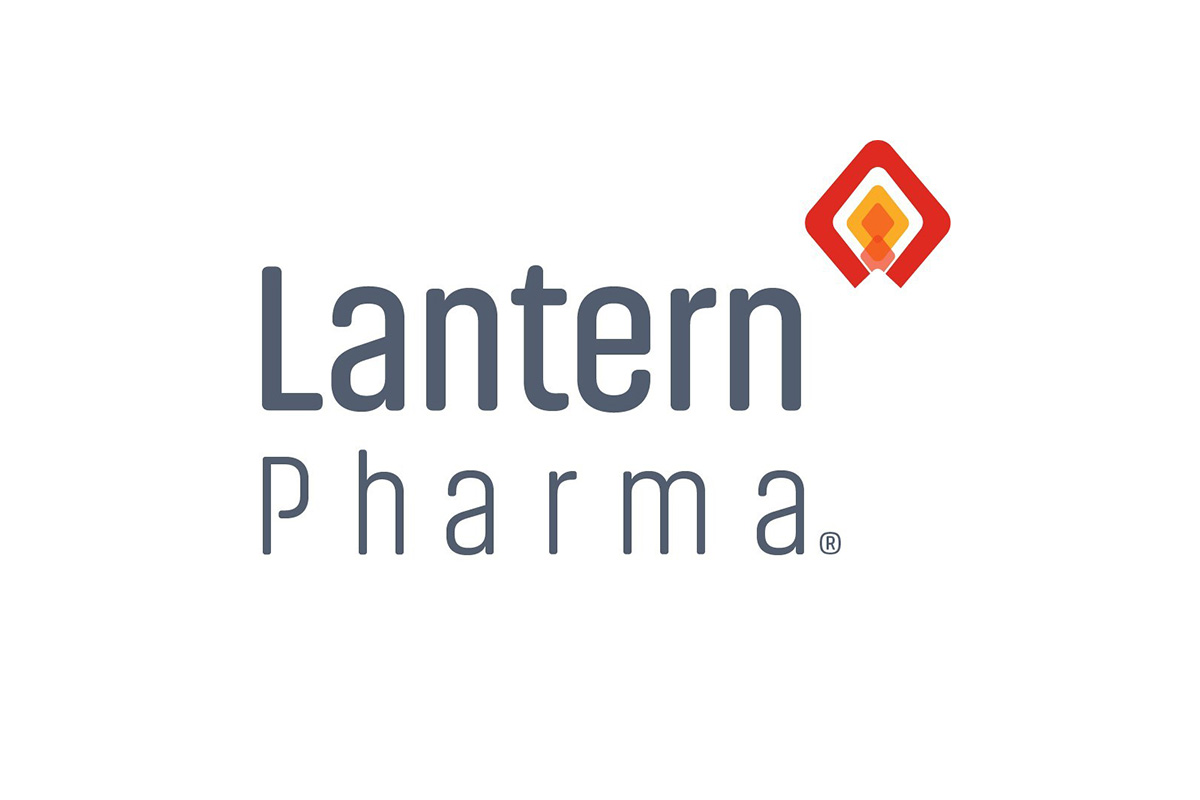Lantern Pharma (NASDAQ: LTRN), a clinical stage biopharmaceutical company using its proprietary RADR® artificial intelligence (“A.I.”) platform to transform drug discovery and development, and identify patients who will benefit from its portfolio of targeted oncology therapeutics, announced today new scientific data that substantiates blood brain barrier permeability (BBB) for its drug candidate LP-184. LP-184 is being targeted for treating Glioblastoma Multiforme (GBM), an aggressive malignant form of brain cancer that comprises about 52% of all primary malignant brain tumors according to the American Association of Neurological Surgeons. GBM has a median survival rate of only 15 months and ranks among the most aggressive of human cancers. It is considered an orphan disease for which there is no cure. The global GBM treatment market is projected to reach $3.3 billion by 2024, according to GlobalData, with the U.S. representing the largest market.
The ability of a drug candidate to cross the blood brain barrier is of critical importance in treatment outcomes for CNS and brain cancers. Many drugs fail in clinical trials because of their low blood brain barrier permeability. Lantern’s A.I. engine along with algorithms tuned to predict BBB permeability played an important role in helping determine which CNS cancers and which genomically-defined subtypes of CNS cancer should be prioritized for development.
The current standard of care for GBM consists of de-bulking surgery followed by combined treatments with fractionated ionizing radiation (IR) and the DNA alkylating agent temozolomide (TMZ). The effectiveness of standard therapy with TMZ is limited because the response of GBM to TMZ is dependent upon the expression of the DNA repair enzymatic protein, O6-alkylguanine DNA alkyltransferase (MGMT). Over the period of treatment, tumors can evolve and begin to overexpress MGMT and therefore become largely resistant to TMZ. At the stage of GBM relapse and recurrence, no effective therapy strategies currently exist. LP-184 has a different mechanism of action relative to TMZ and has not demonstrated limitations due to MGMT levels, the enzymatic protein associated with resistance to TMZ in GBM and gliomas.
LP-184 works by causing DNA damage in cancer cells that can be repaired exclusively by the nucleotide excision repair (NER) pathway, while TMZ causes damage that can be repaired exclusively by the base excision repair pathway (BER). These approaches to killing tumor cells may be complementary and represent the potential for future combination therapy applications. Using in-silico tools, and also generating further in-vitro data from both neuronal cell-plates, and neurospheres, LP-184 demonstrated permeability that was in line with TMZ and other therapies being used in GBM today, while also demonstrating nano-molar potency.
Panna Sharma, CEO of Lantern Pharma, stated: “This data is extremely significant as it provides evidence that opens up a range of brain cancers with high clinical need that we should pursue, and also provides evidence that our RADR® platform is working as was designed. Our mission is to transform and accelerate the cancer drug development process. If we can compress the time to clinical trials, and de-risk LP-184, we can save years of research and millions of dollars in developing treatments for GBM and potentially other CNS and brain cancers.”
Mr. Sharma continued, “As part of our development strategy we will be providing updates on new collaborations and research studies with leading research and translational cancer centers to help us further validate our findings and guide the ideal clinical usage of the compound in GBM. Based on data from our RADR platform, the blood brain barrier profile validation, and information on the genomics that seem to drive response to LP-184 we are now targeting a broader range of central nervous system cancers, including cancers that metastasize to the brain, and pediatric brain tumors.”


